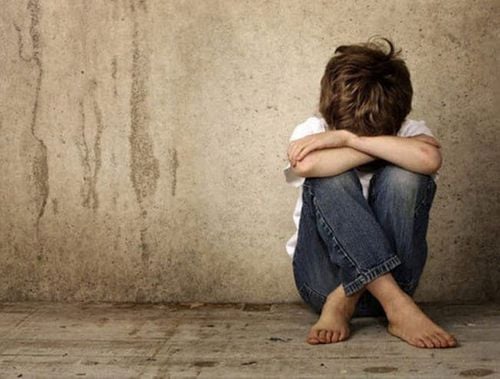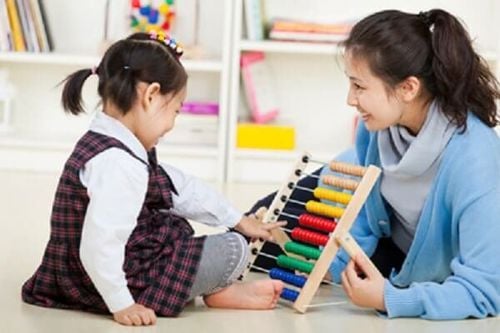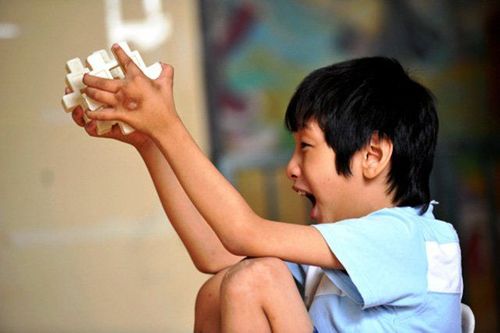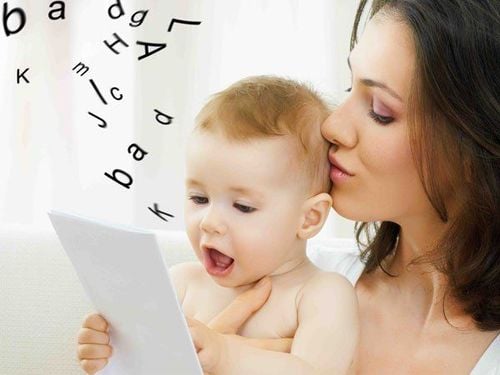This is an automatically translated article.
Article written by Psychologist - Unit of Regenerative Medicine Clinic and Educational Psychology - Vinmec Time City International Hospital
Children with autism often find it difficult to recognize, understand and deal with the emotions of others and regulate their own. Therefore, it is necessary to implement strategies to help children with autism improve their ability to recognize emotions.
1. Strategies to help children with autism improve their ability to recognize emotions in themselves and others
Children with autism spectrum disorder often find it difficult to recognize, understand and cope with the emotions of others and regulate their own. A normal child can integrate visual and auditory cues such as cries, eye contact, intonation, speech, facial expressions, and body language to judge the emotions of others. However, children with autism need to be specifically guided through specific examples and situations to be able to correctly identify. Here are some strategies parents/carers can use to help children with autism recognize their own and others' feelings:
Make an emotion notebook or cover by cutting/gluing cards pictures, emoticons into each small frame, under each icon write the name of the emotional state, starting from a simple state (happy/sad/angry), after the child has improved, it should be given Add more complex emotions (fear, shame, surprise, worry, concern....) Discuss with the child about each emotional state, the expressions, the characteristic features of each mold. How the face helps us to know that the person is happy / sad / angry. Reinforcing knowledge by observing detailed facial movements with children through the mirror. Talking about each emotion, how do the eyes, mouth, and body move? Take pictures of many people with the same facial expressions and show your child the similarities in how everyone uses their facial muscles. This can help children perceive emotions in a general way. Print multiple pictures of different emotional states for your child to combine, or categorize into the same emoji group. When children with autism have progressed and recognize basic emotional states, it is necessary to supplement their vocabulary by using more synonyms/closer meanings for that emotion. Example: Words close in meaning to Vui: Happy, excited, amused.. Print a photo of multiple faces, cut and combine parts: eyes/mouth/eyebrows to form, transform into an expression new When making a cake, you can decorate the cake in the shape of faces, decorate facial expressions with chocolates Play role-playing, role-playing with children to teach children with autism how to express emotions, for example: smile when happy cry when sad.
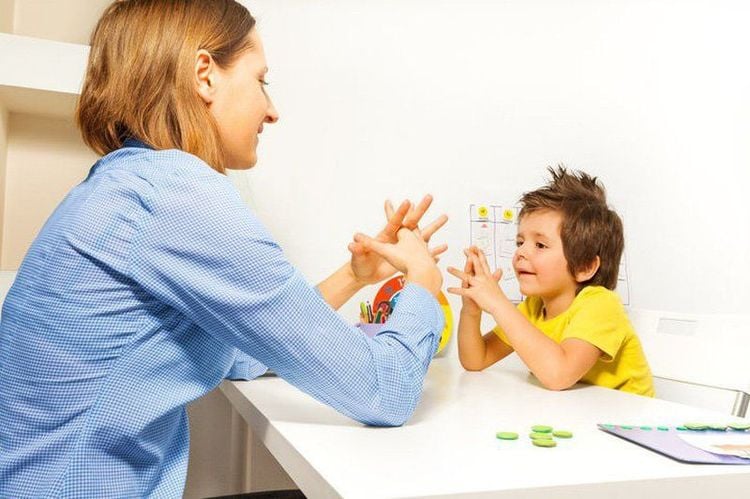
2. How do children understand their own and others' feelings?
Understanding emotions requires awareness and attention to the context of the situation and the combination of pre-existing knowledge about someone. From the above information, we can understand why a person may be in a certain mood in a particular situation and each person may have a different perception of something. We can guide children with autism in the following ways:
If the child has a negative reaction to others, teach the autistic child how to express his or her feelings clearly with the affirmation “I feel + feel + reason”. do” to make children aware of their attitudes and responsibility for their attitudes. It should include how the child feels, in what situations, and why does the child feel that way. When children are able to express themselves in this way, they will learn that those feelings are a matter of their control and not the fault of others. Together with them, identify events and situations that cause them to have these feelings. different emotions, especially happiness or sadness, by presenting two choice situations, for example: “You will be happy when you buy a toy or when it breaks down” Role play with puppets in situations where occurs with different emotional states (happy, sad..); describe body movements that correspond to those emotions, for example, when happy, when happy, you raise your body, raise your head, your limbs are quick, when you are sad, you should focus on your emotions. each context so that children understand the reasons that lead to those emotions.
3. How do children with autism respond to the emotions of others and manage their own?
3.1. Respond to the feelings of others
To deal with other people's emotions, it is necessary to understand what those feelings are, why that person feels the way they do, and put them into your relationship with that person. Children with autism also have empathy for the feelings of others, but their understanding of social norms is limited and there is a lack of motivation to express concern, and the ability to generalize is also limited. . Therefore, in order to respond emotionally to others, children need to be guided and trained to have behavioral skills. Here are some ways that you can guide your child:
Empathize with your child and offer problem-solving solutions, for example: “I understand you are angry because you took your toy away. , which is not pleasant at all. What do you think I should do to feel better?” When explained in this way, it is more effective than simply teaching a child with autism what not to do, but not just showing the child the right way to do it. Together with children watch situations on TV, books, newspapers .. when a certain character is in different emotional states, discuss with the child about that person's mood and feelings and offer solutions. support them in negative emotional situations. At the same time, for older children with good cognitive abilities, examples can be linked to children's real-life experiences to help them develop empathy for others. List solutions and behaviors so that children can express their feelings towards different objects (with relatives, with strangers); eg: Same situation when a person cries; with relatives (mother): Ask her if she is okay? - Hug, comfort, ask questions, but with friends: Ask if you are okay? What can I help you with? Build a social story to educate children about solutions in specific situations.
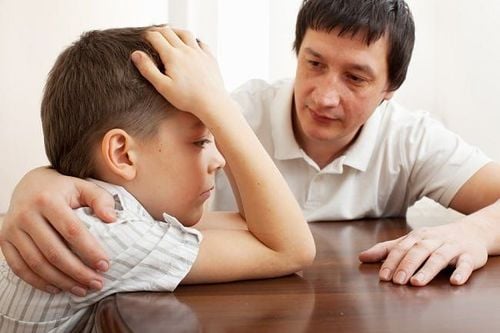
3.2. Control your emotions
Guide and let children practice self-assessment of their own emotions through an emotional rating scale of 5 or 10 levels – the higher the score, the more positive the emotion, or choose with emojis.
Discuss strategies to control negative states, balloons can be used to describe the act of inhaling and exhaling to guide children to breathe in balance when falling into a sad or uncomfortable state Illustration with cartoon characters that children love, for each character, label the character's personality. Also, when your child is going through such emotions, tell him how much he or she is like that character. Illustrate the child's body expression in a certain state, this helps the child to recognize his or her emotions based on body signals Instruct the child in body movement activities such as jumping to express joy, stomping shows anger, sitting still shows calm; This helps children relate inner feelings to external expressions. Expressing emotions as well as dealing with others, and especially controlling your own emotions, is extremely difficult for children with autism spectrum disorder, so be patient and take advantage of them. every opportunity to guide and help the child.
Please dial HOTLINE for more information or register for an appointment HERE. Download MyVinmec app to make appointments faster and to manage your bookings easily.




